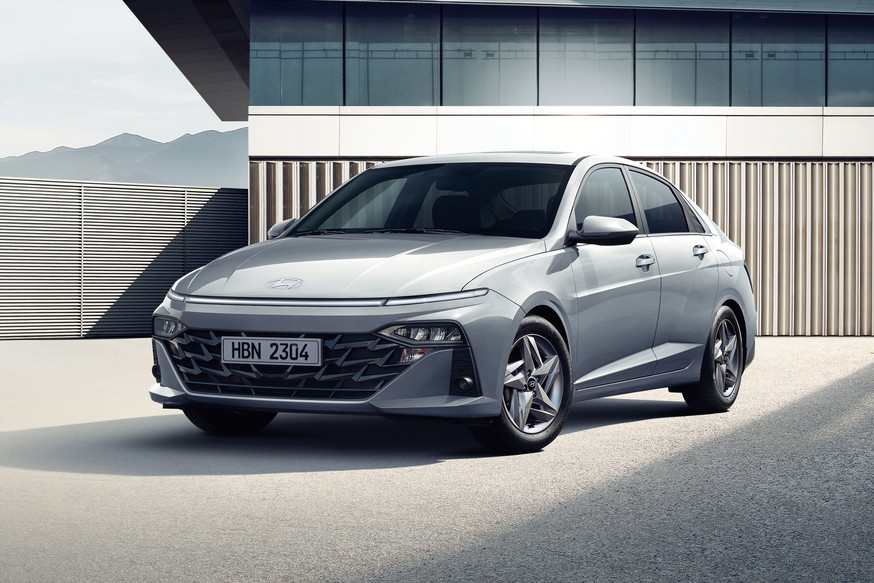
On the global market, the fresh four-door is currently presented with a non-alternative one and a half liter naturally aspirated engine. The choice of box depends on the country.
The world premiere of the new generation Hyundai sedan with the factory index BN7 took place in the spring in India, where its production has now been launched. The Indian version is called Verna, in other markets it is Accent, but in Russia the model would be positioned as the third generation Solaris (for us, the cars would be produced locally). After the well-known events began, the Hyundai-Kia concern practically stopped its activities in the Russian Federation, so through official channels there is no longer any chance of a “third” Solaris. But the global launch of the new four-door is going according to plan. The “global” new Hyundai Accent was revealed in the summer, the first to receive it were residents of Saudi Arabia, after which the sedan reached the rest of the Middle East. And now Indian-made cars have begun to be supplied to Latin American countries: the four-door is already available in Chile and Panama, it was also announced in Peru.
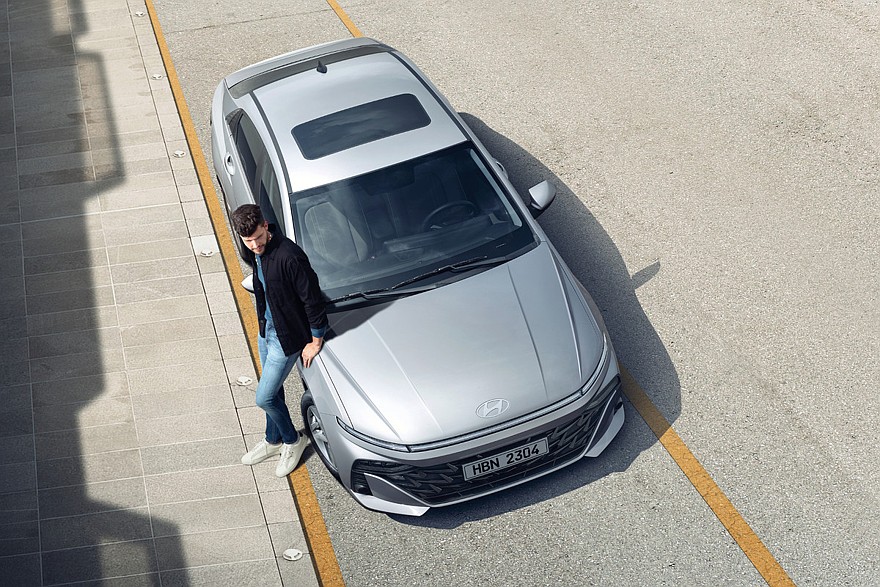 1/2
1/2 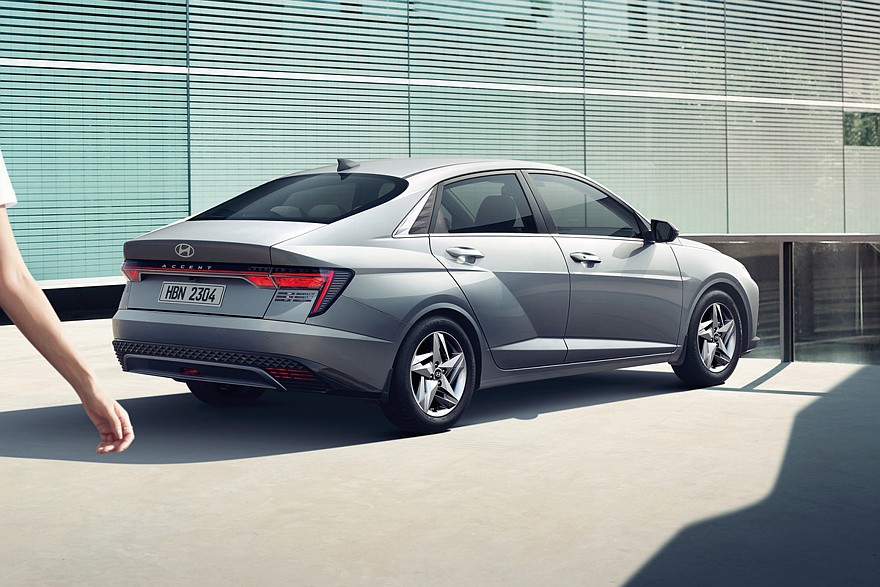 2/2
2/2
In terms of design, all versions of the model generally repeat each other. Exterior features include two-story head optics (the upper LED strip, which acts as a DRL, consists of three sections), many edges on the body, a sloping roof and fanged rear lights, which are also united by a luminous line.
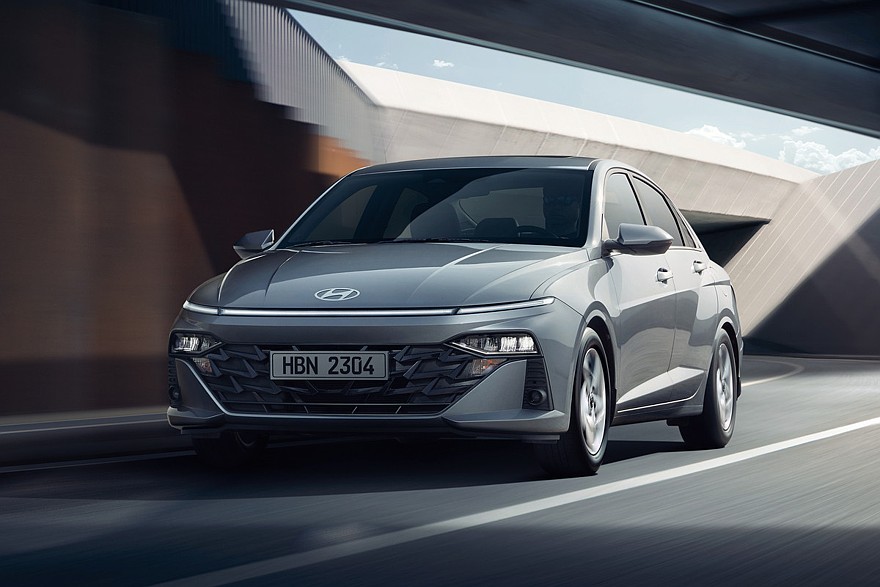
The dimensions of the Accent and Verna are also the same. Length – 4535 mm, width – 1765 mm, height – 1475 mm, wheelbase – 2670 mm. For comparison, the dimensions of the Russian defunct Hyundai Solaris are: 4405/1729/1469 mm, the distance between the axles is 2600 mm. The trunk volume of the new Hyundai Accent is 528 liters versus 480 liters for our Solaris.
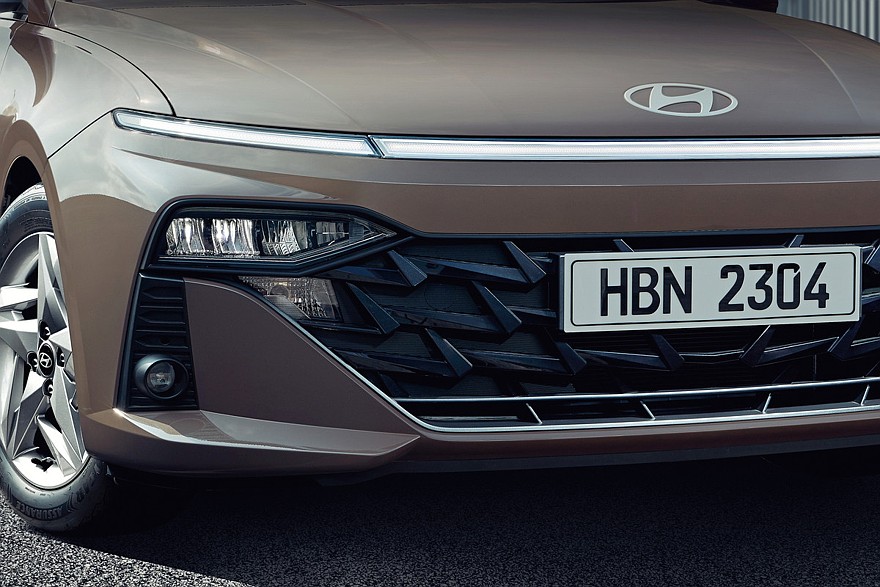 1/2
1/2 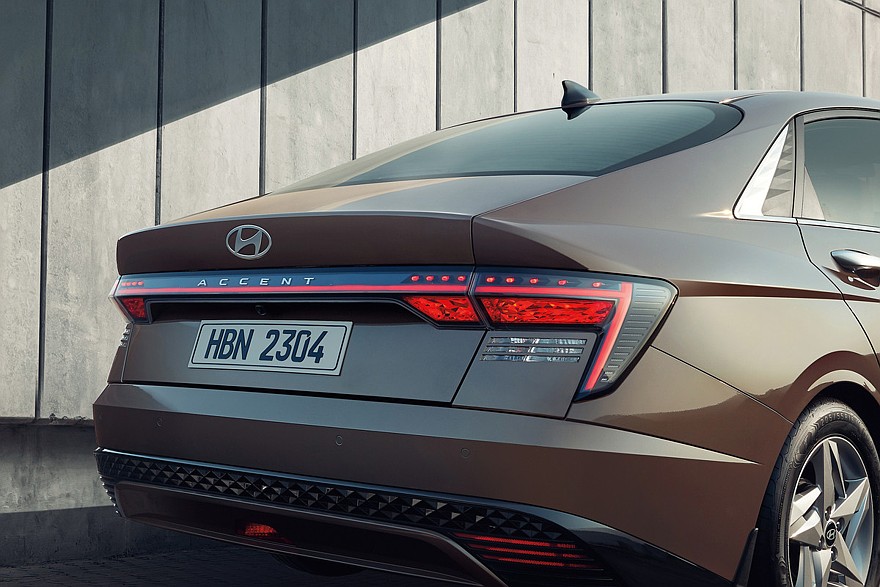 2/2
2/2
In the cabin there is a digital instrument panel and a multimedia system screen placed in one housing. Moreover, if the Indian Hyundai Verna has a multimedia touchscreen with a diagonal of 10.25 inches, then the Accent has a maximum of 9 inches (both in India and abroad there is still an 8-inch display). All versions of the model have six airbags by default.
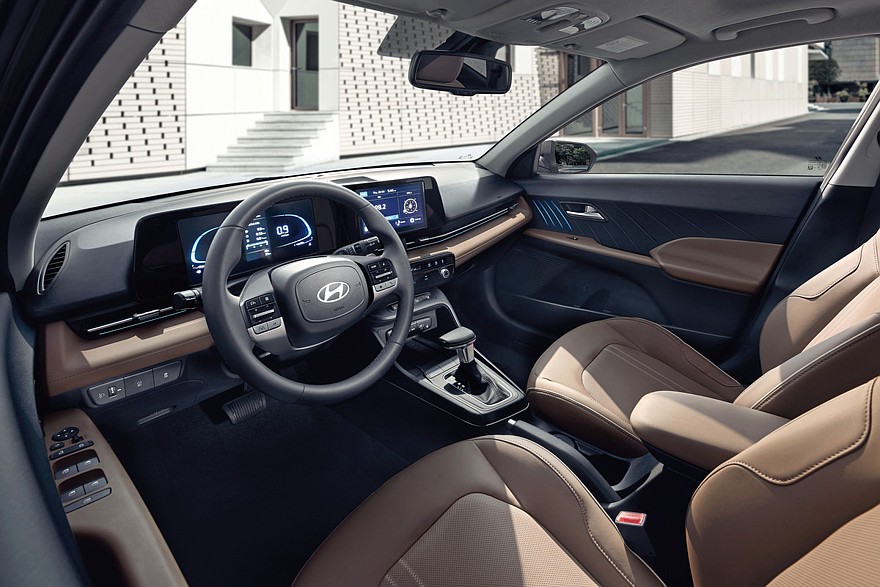 1/6
1/6  2/6
2/6 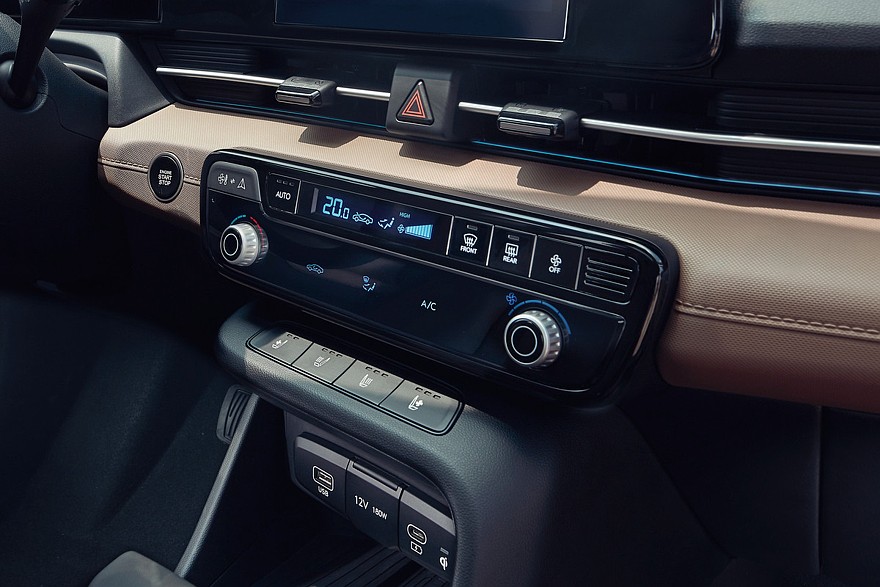 3/6
3/6 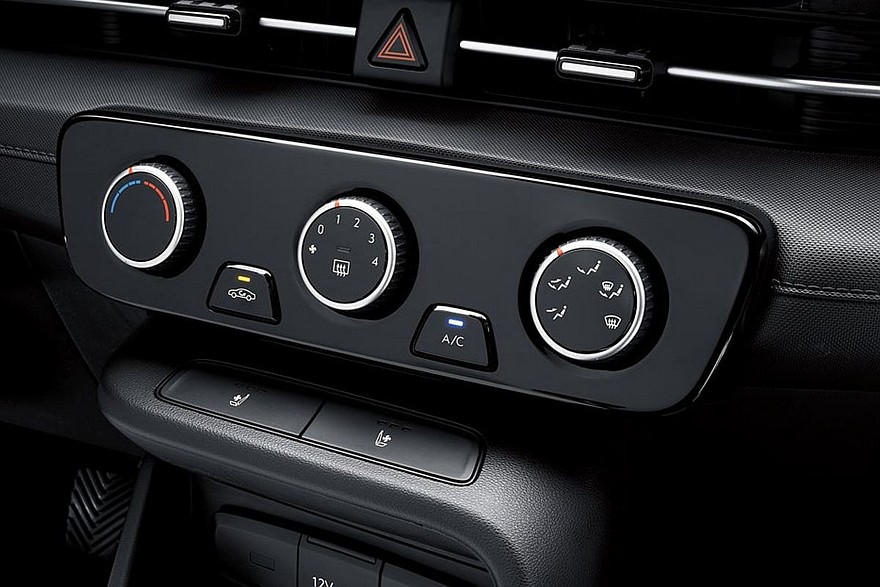 4/6
4/6  5/6
5/6 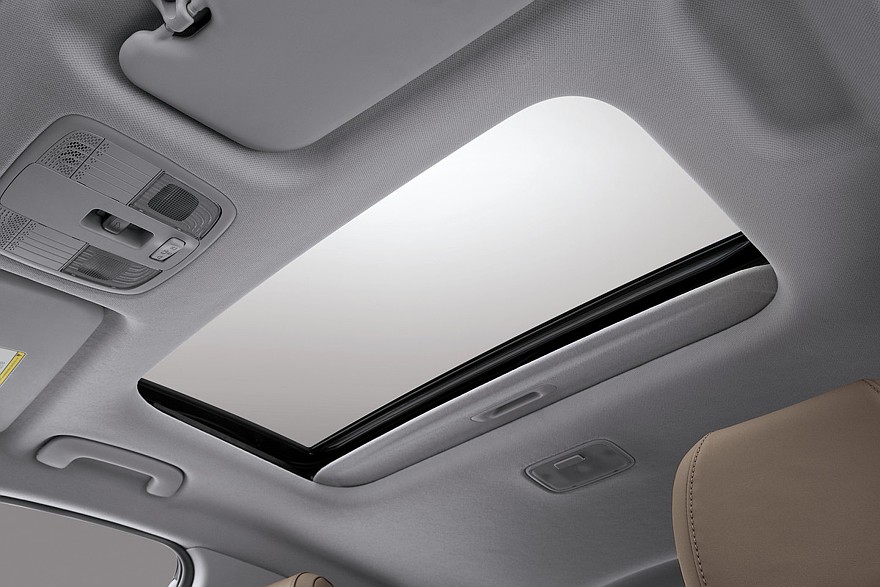 6/6
6/6
In Chile, the arsenal of the simplest sedan (and there are only two trim levels in this country) also includes LED DRLs, 15-inch wheels, air conditioning, wireless charging for a smartphone, a rear view camera, cruise control and ESC. The list of equipment of the top-end Accent includes LED headlights, 16-inch wheels, an electric sunroof, climate control, auto braking systems, lane keeping and blind spot monitoring.
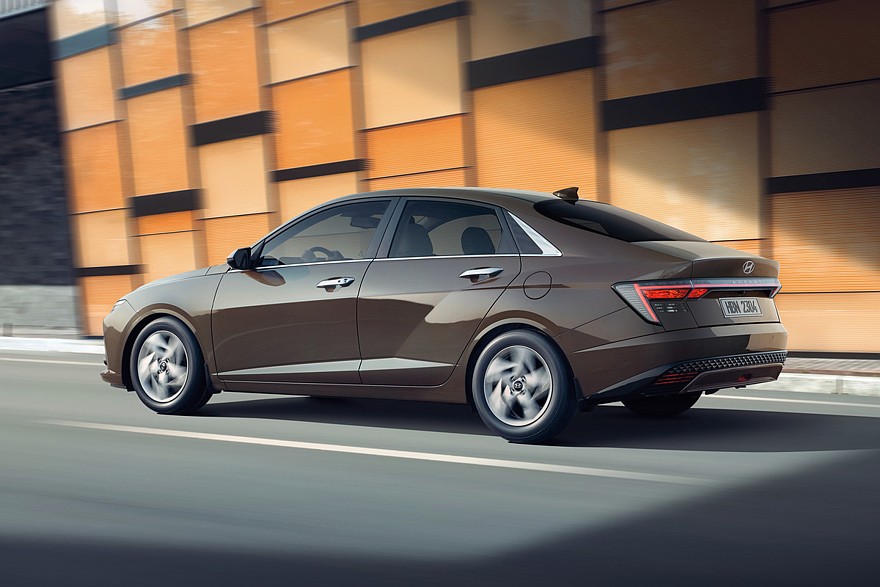
Like the Middle Eastern sedan, the Latin American Hyundai Accent is equipped with a 1.5 MPI naturally aspirated petrol engine, the engine produces 115 hp, it is combined with a six-speed manual or CVT. The Hyundai Verna has a similar engine, but in addition in India you can still buy a car with a 1.5 T-GDI petrol turbo-four with a power of 160 hp; this engine is paired with a 6-speed manual transmission or a seven-speed robotic gearbox with two clutches. It is curious that both on the brand’s websites in the Middle East and in the brochure of the model for Chile, the 1.5 diesel engine (115 hp) is still present, but there are no cars with such an engine on sale — at least not yet. Let us note that in India, Verna lost its diesel versions with the change of generations; such an engine is not mentioned in local presentation materials.
Chileans for the new generation Hyundai Accent need to pay from 14,790 to 18,990 dollars (excluding promotions and discounts). For example, an outdated Citroen C-Elysee sedan costs from $13,490, a fresh Toyota Yaris – from $12,890, and a four-door Honda City – from $21,390.
Soon the new Accent will appear in other countries Latin America, it is also expected in Southeast Asia. In Russia, the sedan now has only a “parallel” future.























































Свежие комментарии